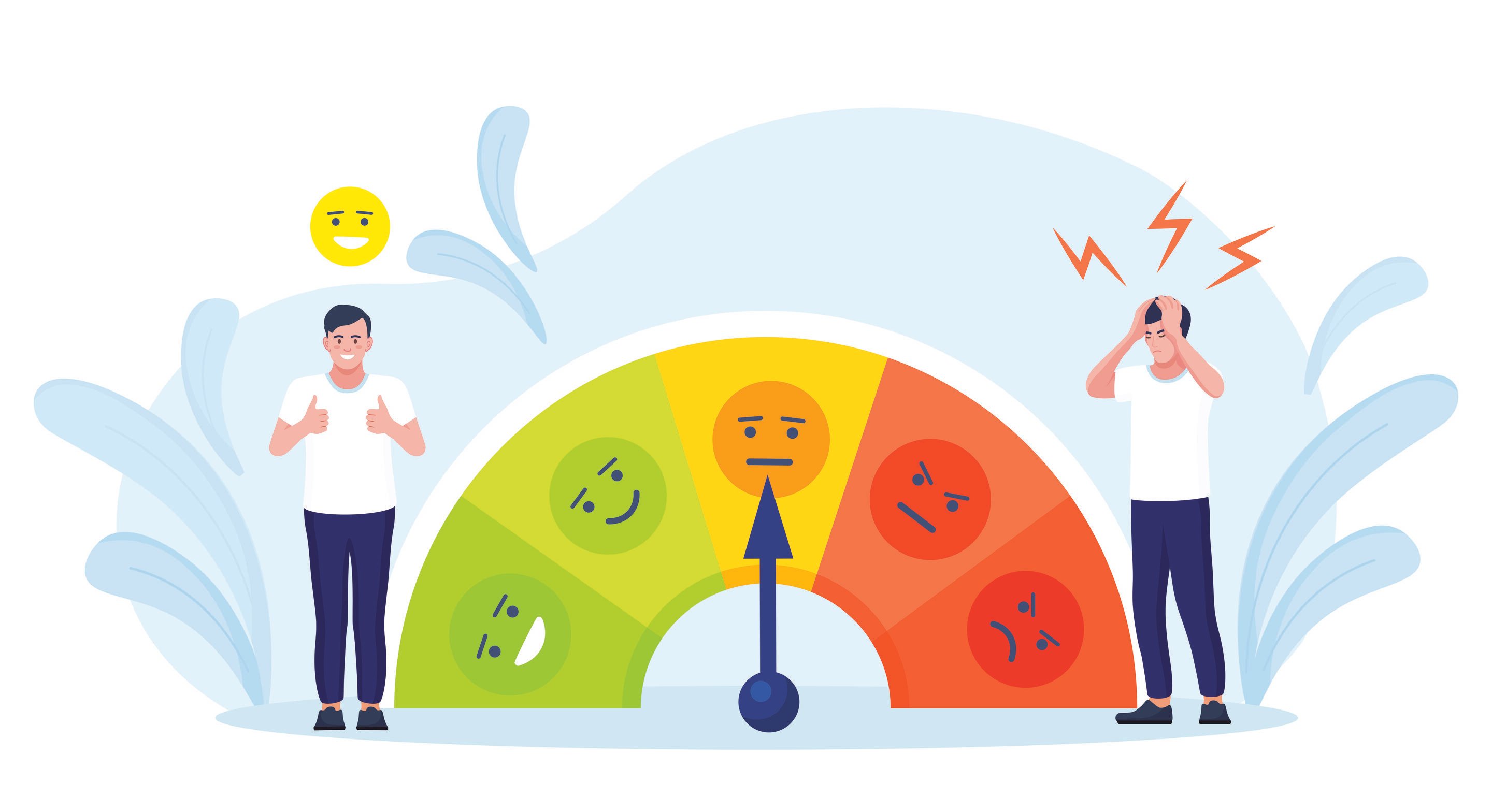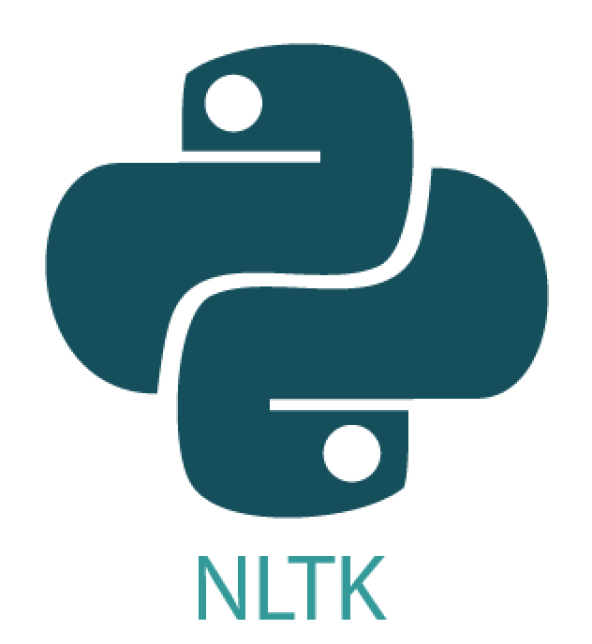Introduction to preprocessing for text
Deep Learning for Text with PyTorch

Shubham Jain
Data Scientist
What we will learn
- Text classification
- Text generation
- Encoding
- Deep learning models for text
- Transformer architecture
- Protecting models
Use cases:
- Sentiment analysis
- Text summarization
- Machine translation

What you should know
Prerequisite course: Intermediate Deep Learning with PyTorch
- Deep learning models with PyTorch
- Training and evaluation loops
- Convolutional neural networks (CNNs) and recurrent neural networks (RNNs)
Text processing pipeline

Text processing pipeline

- Clean and prepare text
PyTorch and NLTK
![]()

- Natural language tooklit
- Transform raw text to processed text
Preprocessing techniques
- Tokenization
- Stop word removal
- Stemming
- Rare word removal
Tokenization
- Tokens or words are extracted from text
- Tokenization using
torchtext
from torchtext.data.utils import get_tokenizertokenizer = get_tokenizer("basic_english")tokens = tokenizer("I am reading a book now. I love to read books!") print(tokens)
["I", "am", "reading", "a", "book", "now", ".", "I", "love", "to", "read",
"books", "!"]
Stop word removal
- Eliminate common words that do not contribute to the meaning
- Stop words: "a", "the", "and", "or", and more
import nltk nltk.download('stopwords') from nltk.corpus import stopwordsstop_words = set(stopwords.words('english'))tokens = ["I", "am", "reading", "a", "book", "now", ".", "I", "love", "to", "read", "books", "!"] filtered_tokens = [token for token in tokens if token.lower() not in stop_words]print(filtered_tokens)
["reading", "book", ".", "love", "read", "books", "!"]
Stemming
- Reducing words to their base form
- For example: "running", "runs", "ran" becomes run
import nltk from nltk.stem import PorterStemmerstemmer = PorterStemmer()filtered_tokens = ["reading", "book", ".", "love", "read", "books", "!"]stemmed_tokens = [stemmer.stem(token) for token in filtered_tokens]print(stemmed_tokens)
["read", "book", ".", "love", "read", "book", "!"]
Rare word removal
- Removing infrequent words that don't add value
from nltk.probability import FreqDist stemmed_tokens= ["read", "book", ".", "love", "read", "book", "!"] freq_dist = FreqDist(stemmed_tokens)threshold = 2common_tokens = [token for token in stemmed_tokens if freq_dist[token] > threshold] print(common_tokens)
["read", "book", "read", "book"]
Preprocessing techniques
Tokenization, stopword removal, stemming, and rare word removal
- Reduce features
- Cleaner, more representative datasets
- More techniques exist
Let's practice!
Deep Learning for Text with PyTorch

